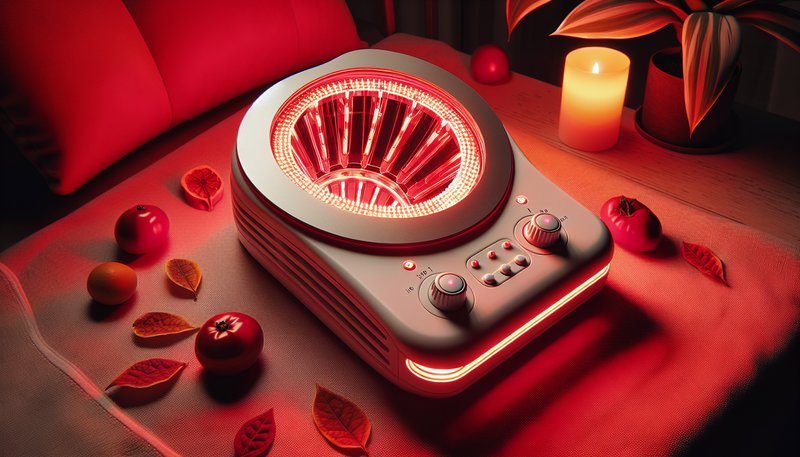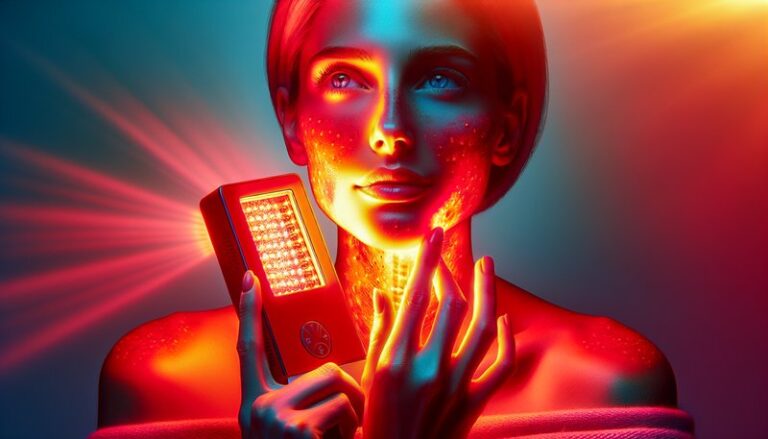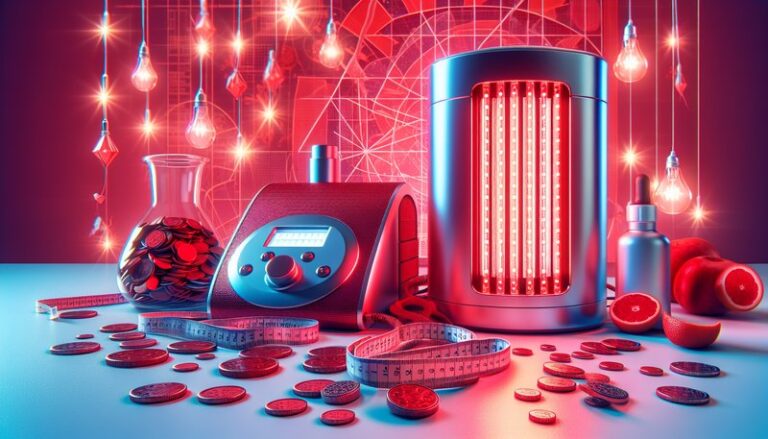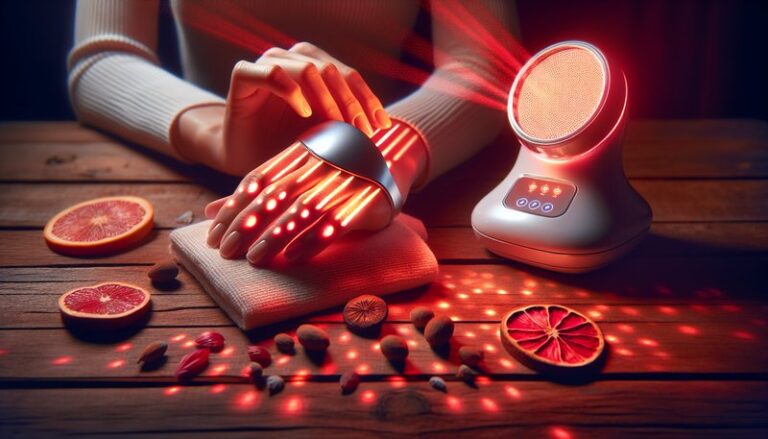What Is Red Light Therapy Pros And Cons?
What Is Red Light Therapy? Pros and Cons
Have you ever considered the potential benefits of red light therapy? This emerging treatment is generating considerable interest for its purported advantages in various health fields.
In this article, we will explore what red light therapy is, the benefits and drawbacks associated with its use, considerations to keep in mind, and alternatives to consider. By the end, you’ll have a clearer understanding of whether red light therapy may be right for you.
Key Takeaways
- Red light therapy is a non-invasive treatment using specific wavelengths of light to encourage healing and regeneration in tissues.
- Benefits can include improved skin health, reduced inflammation, and enhanced muscle recovery.
- Important considerations include possible side effects, treatment frequency, and whether it’s suitable for individual health conditions.
What is Red Light Therapy?
Red light therapy (RLT) is a non-invasive treatment that utilizes low-wavelength red light to stimulate cellular function. This therapy is known for promoting healing, reducing inflammation, and rejuvenating the skin. The science behind red light therapy lies in its capacity to penetrate the skin and energize mitochondria, the powerhouse of the cell, leading to improved cellular function.
RLT is commonly administered through various devices, such as LED panels, handheld devices, or beds, and it is utilized in several health domains, including dermatology, physical therapy, and wellness treatments.
What are the Benefits of Red Light Therapy?
Red light therapy has garnered attention for its potential benefits, which we will explore in detail below.
Improved Skin Health
One of the most recognized benefits of red light therapy is its ability to improve skin texture and appearance. Studies have shown that RLT may help reduce wrinkles, promote collagen production, and accelerate healing for conditions like acne and psoriasis. For example, patients using RLT have reported significant improvements in skin elasticity and overall complexion.
Reduced Inflammation and Pain Relief
RLT has anti-inflammatory properties, making it a popular choice for athletes and those with chronic pain conditions. The therapy can help reduce muscle soreness, joint pain, and inflammation following intense physical activity. People have noted quicker recovery times and decreased pain levels after incorporating RLT into their routines.
Enhanced Muscle Recovery and Performance
For fitness enthusiasts and athletes, red light therapy can promote quicker recovery between workouts. By enhancing cellular repair processes, it can help muscles heal faster after strenuous exercise, potentially improving overall performance. Some research suggests increased endurance and reduced fatigue after consistent use of RLT.
Potential Mood Improvement
Emerging research indicates that red light therapy might positively affect mood and mental well-being. Some studies have suggested that it could relieve symptoms of seasonal affective disorder (SAD) and general anxiety. The relaxing effect of light exposure may contribute to elevated mood.
Is it Possible to Use Red Light Therapy at Home?
Yes, using red light therapy at home is feasible, thanks to the availability of various devices designed for personal use. These range from handheld units to larger panels that can cover broader areas.
What are the Advantages of At-Home Red Light Therapy?
Convenience is a significant advantage of at-home red light therapy. Users can easily integrate sessions into their daily routines without the need for scheduling appointments at a clinic. Additionally, home devices can be more cost-effective in the long run, providing advantages similar to professional treatments.
What are the Disadvantages of At-Home Red Light Therapy?
While convenient, at-home red light therapy devices may not provide the same intensity or effectiveness as professional-grade equipment. Users must also navigate proper usage to avoid overexposure and ensure they follow guidelines for optimal results. Additionally, without professional supervision, there might be risks if individuals misuse the device or have underlying conditions.
What are the Things to Consider Before Using Red Light Therapy?
Before starting red light therapy, consider the following factors.
Skin Sensitivity
Individuals with sensitive skin should approach red light therapy cautiously. It’s advisable to start with short sessions and monitor skin reactions. If irritation occurs, consult a healthcare professional.
Underlying Medical Conditions
Check with a healthcare provider if you have existing skin conditions or other health issues before starting red light therapy. Certain conditions may contraindicate its use.
Device Quality
When selecting an at-home device, priority should be given to the quality of the equipment. Look for devices that specify wavelength and intensity to ensure effective treatment.
What are the Alternatives to Red Light Therapy?
There are several alternatives to red light therapy worth considering.
Laser Therapy
Laser therapy utilizes focused light beams to target specific tissues. It can offer similar benefits as red light therapy but may be more invasive and typically requires professional administration.
Ultrasound Therapy
Ultrasound therapy uses sound waves to promote healing and pain relief. It is non-invasive and often recommended for musculoskeletal injuries and chronic pain management.
Cryotherapy
Cryotherapy involves exposing the body to extremely cold temperatures to reduce inflammation and pain. While differing in approach, it can be an effective alternative for recovery and pain management.
Conclusion: Is it Recommended to Use Red Light Therapy?
Red light therapy can offer a range of benefits, from promoting skin health to aiding in muscle recovery. However, it’s essential to weigh these benefits against potential disadvantages and individual health considerations. If you are considering RLT, consult with a healthcare professional to determine if it aligns with your health goals.
Check out our deep dive Can Red Light Therapy Aid Weight Loss?
Frequently Asked Questions
Is red light therapy safe?
Yes, red light therapy is generally considered safe when used according to guidelines. Nevertheless, individual responses may vary, so it is advisable to consult with a healthcare professional.
How long does it take to see results from red light therapy?
Results can vary, but many users report improvements after several treatments. Typically, noticeable changes in skin appearance or muscle recovery may be observed within a few weeks.
Can red light therapy be used on all skin types?
In general, red light therapy is safe for various skin types, but individuals with specific skin conditions should speak with a professional beforehand.
How often should I use red light therapy for best results?
For most users, 3 to 5 sessions per week are recommended for optimal results. However, individual goals and the specific device used may influence the frequency of sessions.
See the full review Post-Red Light Therapy Expectations
Are there any side effects associated with red light therapy?
Red light therapy typically has mild side effects, such as temporary redness or irritation. However, if used incorrectly or excessively, it may lead to adverse reactions.





